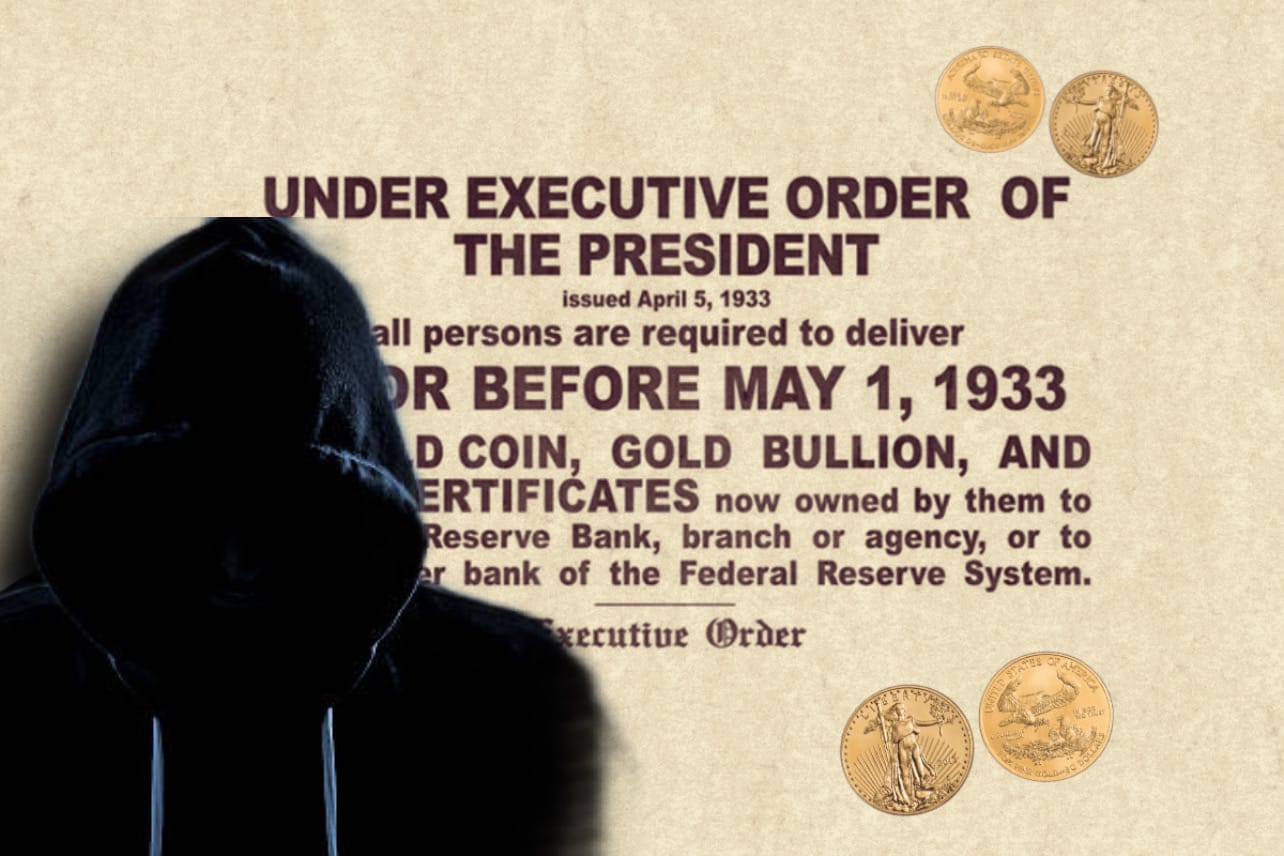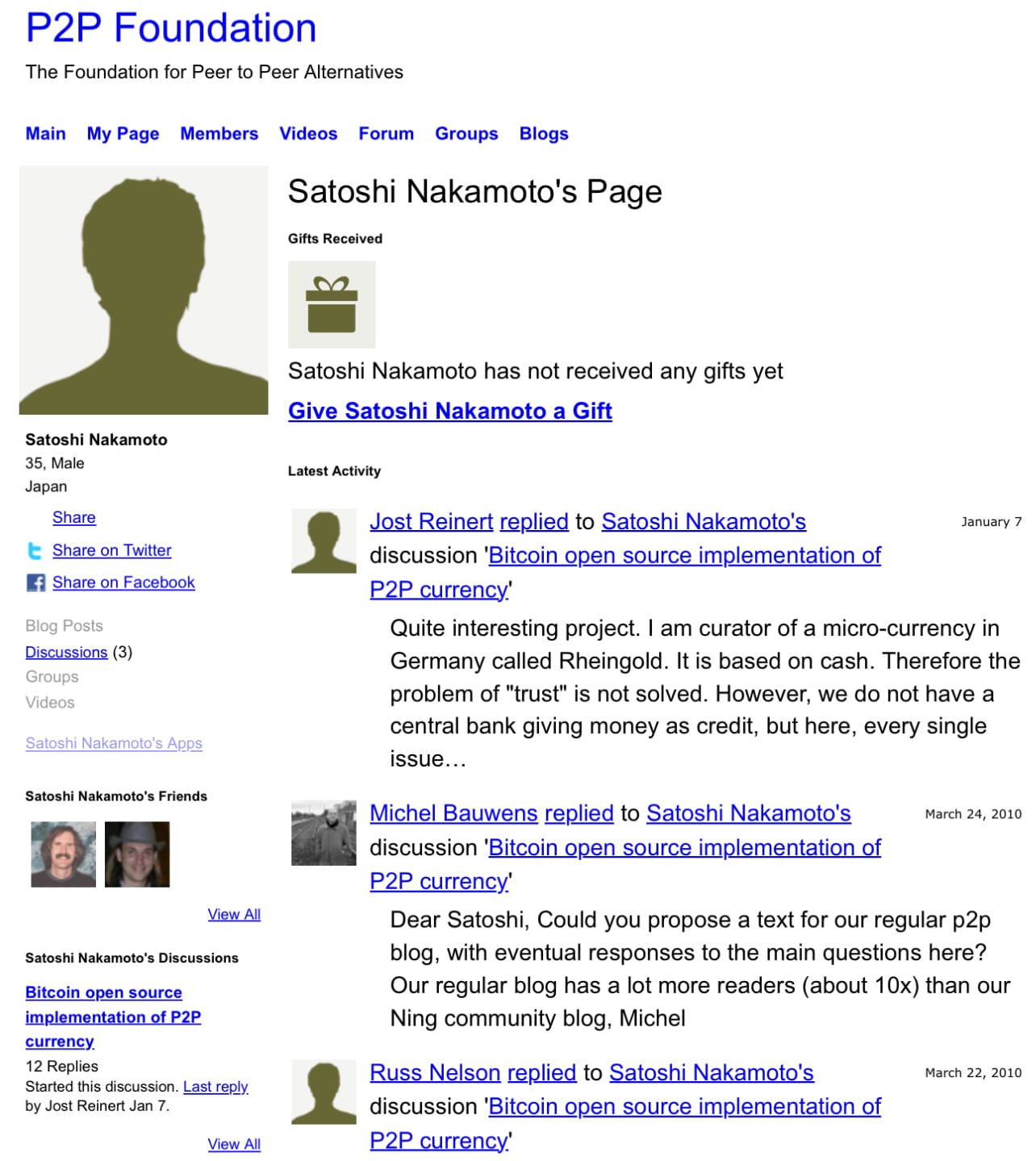Why Satoshi Nakamoto Chose April 5 as His Symbolic Birthday

On April 5, 2025, the crypto community marked what would have been the 50th birthday of Satoshi Nakamoto, the enigmatic creator of Bitcoin. This date, listed on Nakamoto's P2P Foundation profile as April 5, 1975, holds a deeper significance that ties into Bitcoin's core principles.
Many believe Nakamoto deliberately chose this date to reflect the historical events of April 5, 1933, when the U.S. government enacted Executive Order 6102, a move that banned private gold ownership and centralized monetary control. This connection offers a fascinating glimpse into the philosophical roots of Bitcoin and its mission to empower individuals with financial freedom.
The P2P Foundation profile, created by Nakamoto in 2009, has long been a key artifact in Bitcoin's history. It was on this platform that Nakamoto first shared details about Bitcoin, laying the groundwork for a decentralized financial revolution. The profile has his birthdate as April 5, 1975, which would make him 50 years old today. The reason we know this is actually due to internet sleuths who a decade ago figured out his birthday using the Wayback Machine.
However, doubts about the profile's authenticity emerged after a 2014 hack of the P2P Foundation, raising questions about whether the date was altered. Despite this uncertainty, archived versions of the profile confirm that the birthdate was present before the hack, suggesting it was likely Nakamoto's original entry. This detail has fueled speculation about the symbolic meaning behind the chosen date.

A Historical Parallel with Executive Order 6102
The significance of April 5 becomes clearer when we look at the events of 1933. On that day, President Franklin D. Roosevelt signed Executive Order 6102, which required Americans to surrender their gold to the Federal Reserve by May 1 of that year.
This order, enacted during the Great Depression, aimed to stabilize the economy by centralizing gold reserves and devaluing the dollar. At the time, it faced criticism for undermining individual financial autonomy, as citizens were forced to exchange their gold for paper currency. Many see Nakamoto's choice of April 5 as a deliberate nod to this event, symbolizing Bitcoin's opposition to centralized control. Bitcoin, launched in 2009, offers a decentralized alternative to traditional financial systems, aligning with the idea of restoring personal control over money.
The connection between Satoshi Nakamoto's birthday and the 1933 gold ban underscores Bitcoin's ethos of financial sovereignty. By selecting a date tied to a historical moment of government overreach, Nakamoto may have been signaling Bitcoin's purpose as a tool to resist such control. This symbolism resonates deeply within the cryptocurrency community, which continues to celebrate Nakamoto's vision of a world where individuals can manage their finances without intermediaries. As Bitcoin grows in influence, this historical parallel serves as a reminder of its foundational principles and the enduring mystery of its creator.

